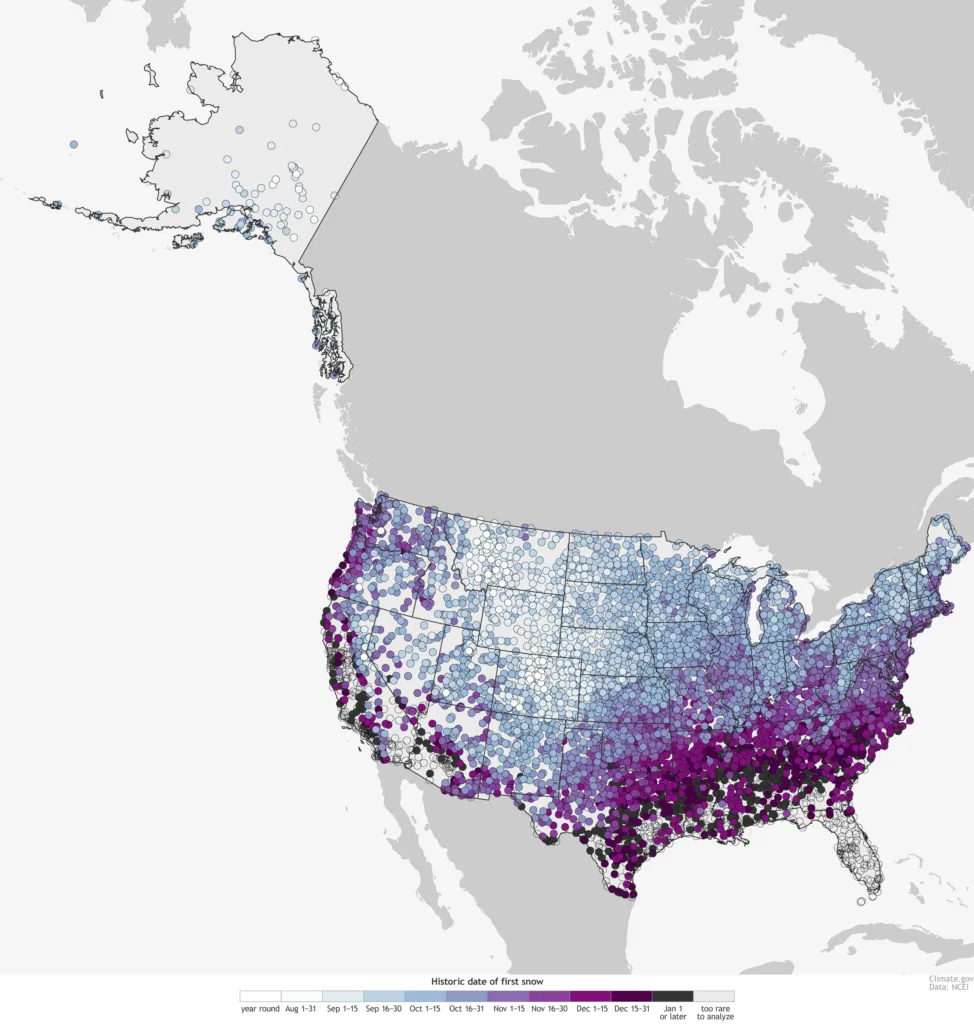
Calling Geo-Researchers: Help Us by Blogging Your Work!
We want to bridge the disconnect between Geo-research and Geotech.
Geographic information systems (GIS) was once a mere concept of quantitative and computational geography. Thanks to Michael Goodchild, research on key topics such as spatial analysis and visualization were formalized.
While serving as an assistant professor, Roger Tomlinson worked as the manager of the computer mapping division at Spartan Air services. His pioneering work to plan and developer the Roger Tomlinson’s pioneering work to initiate, plan, and develop the Canada Geographic Information System resulted in the first computerized GIS in the world in 1963. Both of these legends were working in the university when they changed the future by creating what we today call GIS.
Fast forward to today, What are scientists and researchers doing with location data? What are the biggest research projects in the universities concerning geospatial data and analysis? Once finished with our studies or academic careers, it is easy to be distanced away from the research world. At Geoawesomeness, we would like to do our part to bridge the disconnect between Geo-research and Geotech and help usher in further innovation and collaboration in the industry.
So far…
At Geoawesomeness, we’ve previously helped researchers with their work by sharing information about their research surveys and by blogging about the state of GIScience. Knowing that there are so many research institutions working in the domain of GIScience and that many other topics are becoming inherently location-based, we have barely scratched the surface when it comes to showing our audience what’s going on at the forefront of science! No one knows about the latest happenings in the research world better than you researchers working in the field!
Hence, we have decided that we are actively going to invite more people to write about their work and research with the rest of our community. We’re very curious about what problems you’re trying to solve, what approaches you’re taking, and what you’ve learned so far. Writing about your research will help you reach a wide and enthusiastic audience, with Geoawesomeness reaching over 170 000 page visits each month! It will also help accelerate the adoption of geotech across the world, positively helping impact our communities. We hope that our Georesearch initiative can also expose you to other areas of research and get connected to other researchers and geogeeks.
We are passionate about exploring the intersection of science, technology, and location and usually write about all topics where we see such a connection. While the definition of a geo-topic is open by nature, just to give you a better example,
We’re interested in
- AR/VR,
- autonomous driving, computer vision, navigation,
- big data (geospatial),
- blockchain, decentralization
- citizen science
- drones, remote sensing, photogrammetry
- location intelligence, location data analytics,
- machine learning, AI
- mobility as a service, smart cities, and many more!
If you are working as a researcher either at the university or at a research lab, this is your chance to share your work outside the academic world. Who knows? Perhaps your work is going to change the industry just like how Michael Goodchild and Roger Tomlinson did in the past century. Send me an email or say hello to us via Twitter 🙂










